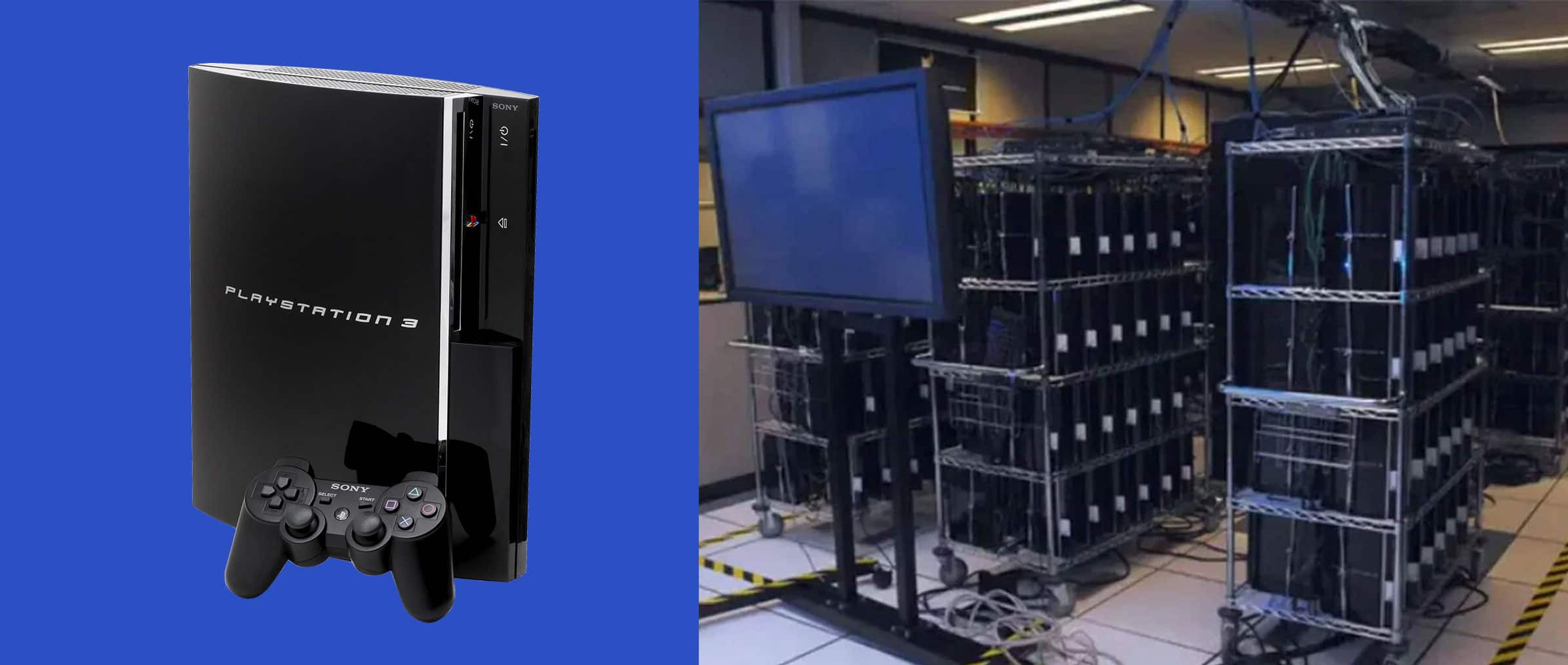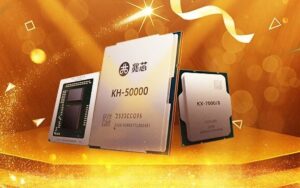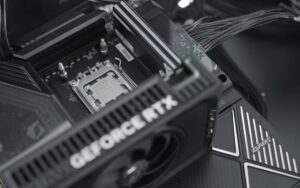
Conceptually, supercomputers are a category of machines designed to perform trillions of calculations per second, far surpassing the performance of conventional computers. These massive processing and storage clusters are essential to keeping our increasingly interconnected modern society running. They are used in a wide range of applications, from banking and generative artificial intelligence to government and defense.
Condor Cluster
Did you know that there was once a supercomputer made up of several PS3 units? That’s right. Condor Clusteras it became known, was a set of 1,760 PlayStation 3 units – connected by five kilometers of wire – which was used by the US Air Force in 2010. This cluster of Sony consoles came to occupy the 33rd position among the most powerful supercomputers in the world. The contraption involved the use of consoles in conjunction with 168 graphics processing units and 84 coordinating servers.
The solution was also considered to have a great cost-benefit ratio, since the Condor Cluster consumed around 10% of the electrical capacity when compared to a traditional supercomputer.
The idea for the project came from the US Air Force Research Laboratory (AFRL). Mark Barnell, director of AFRL, considered the PS3 hardware to be viable for this endeavor of a different, low-cost supercomputer.
The PS3’s biggest hardware highlight was the Cell processor, developed through a joint venture established in 2005 between IBM, Sony and Toshiba. This chip was also the product’s biggest “Achilles heel” in the early stages of its journey into the gaming market, as many developers considered the architecture to be highly complex.
You should read it too!
PS3 Boomerang: The controller that tried to challenge convention, and was rejected before it was even released
Remember when the PlayStation 3 arrived in Brazil for almost R$8,000
Project cost US$ 2 million
The total price tag for the Condor Cluster was approximately $2 million, making it 10 to 20 times cheaper than an alternative with equivalent processing power, Barnel said.l to the CNET website in 2010. The PlayStation-powered supercomputer was used for crucial tasks, such as improving the Air Force’s radar systems, processing satellite images, and even contributing to the development of AI. The machine was capable of solving up to 500 billion calculations per second!
And, surprisingly, this was not the only or the first time that several PlayStation 3s were assembled for supercomputing. In 2007, an engineer from North Carolina State University in the USA assembled a cluster, focused on scientific research, made up of 8 PS3 units. In the same year, at the University of Massachusetts, 176 units of the console were also tested as a processing center, a project led by astrophysicist Dr. Gaurav Khanna.

The beginning of this union of the PlayStation as a combined solution for supercomputing began in the PS2 generation, when Sony encouraged the use of the console as a computer with the Linux kit.

The National Center for Supercomputing Applications (NCSA) took advantage of this in 2002, gathering between 60 and 70 PS2 units. The project worked, but due to numerous bugs, it was quickly shut down.
Source: https://www.hardware.com.br/artigos/supercomputador-formado-por-quase-2-mil-ps3/


